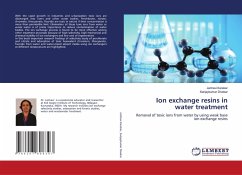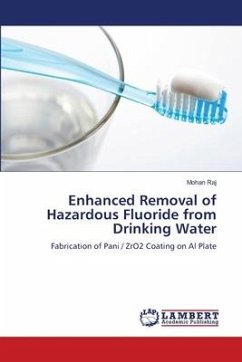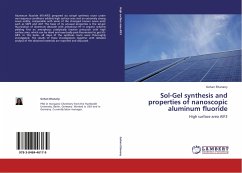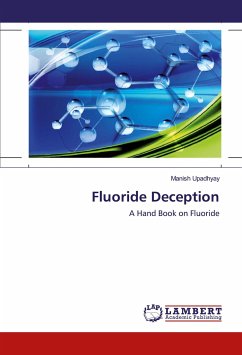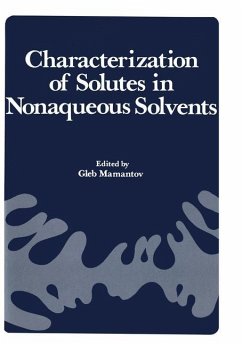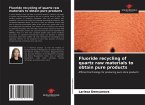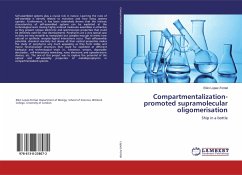Fluoride is one of the most toxic anions which has been known to cause dental and bone fluorosis as well as other severe pathogenesis in human. The low level of fluoride tolerance demands a selective and sensitive fluoride ion sensor. Supramolecular cavitand binds fluoride ion through non-covalent interactions which are reflected in color or fluorescence change. In this book, an attempt is made to elaborate concept, design, and synthesis of supramolecular salen based cavitands for detection of fluoride ions. The supramolecular cavitands with pre-organized cavities can serve as better receptors which can trap the fluoride anions within the cavity due to steric effect. Presence of salen functionality in the cavitand helps in binding the fluoride ion through hydrogen bonding. These dual factors make the receptor not only sensitive to the low levels of fluoride but also exhibit marked selectivity among other anions. Various spectral techniques like IR, 1D, 2D NMR and HRMS used for characterization of cavitands are discussed in detail. The Uv-Visible and photoluminescence techniques for recognition of fluoride ions are thoroughly described in a simplified manner.
Bitte wählen Sie Ihr Anliegen aus.
Rechnungen
Retourenschein anfordern
Bestellstatus
Storno


